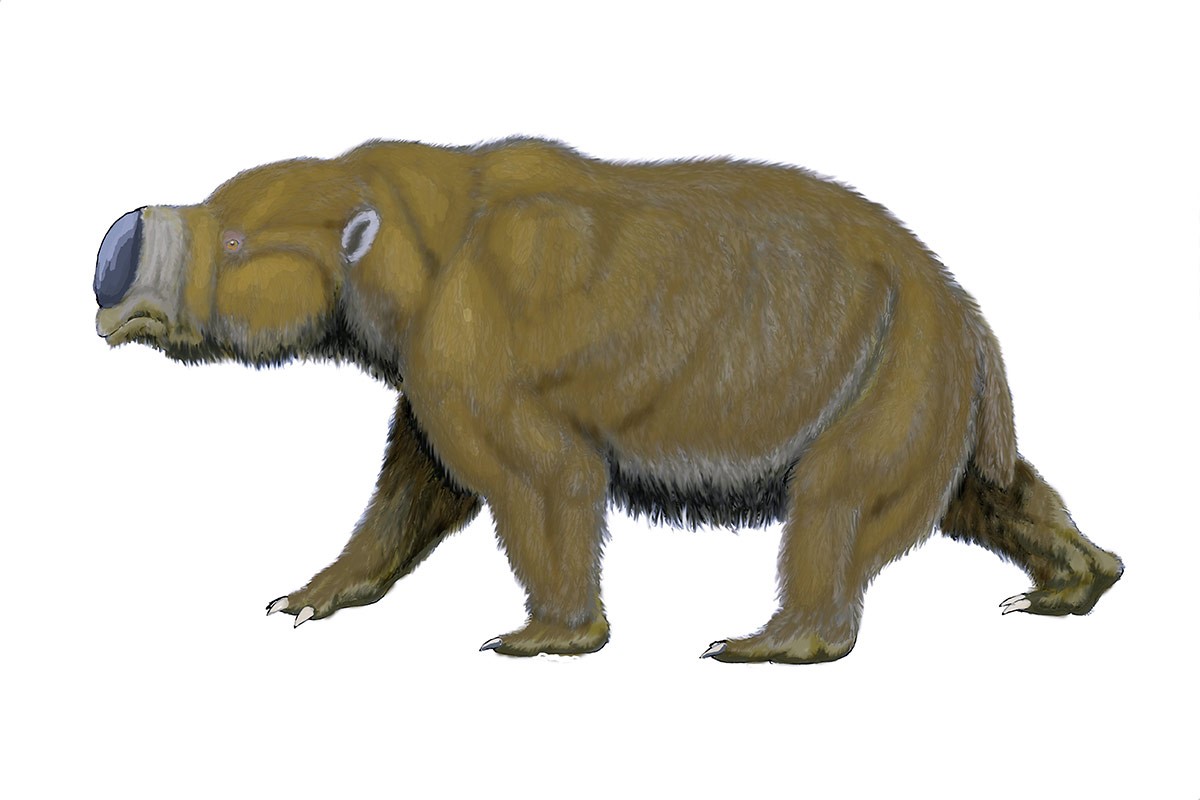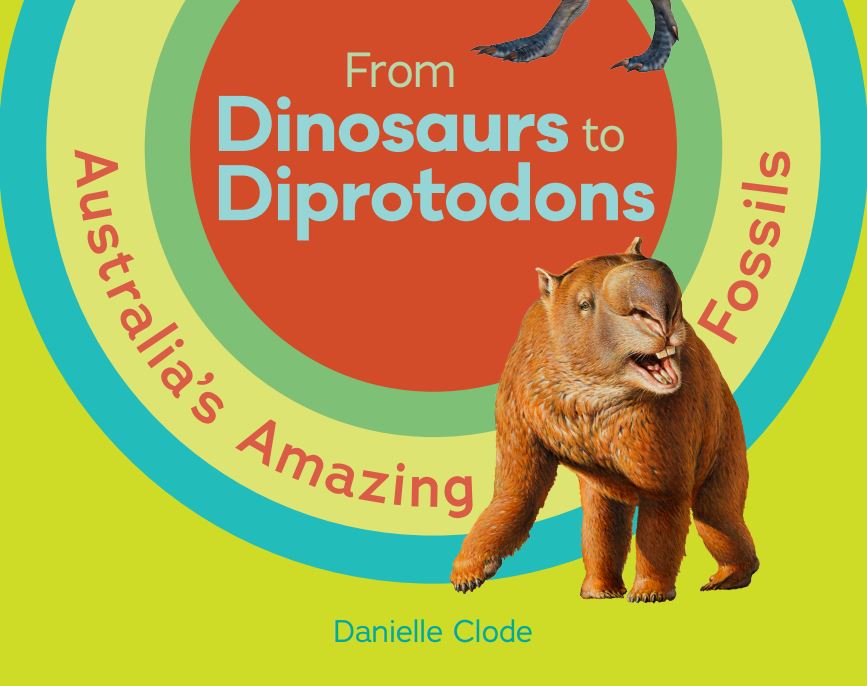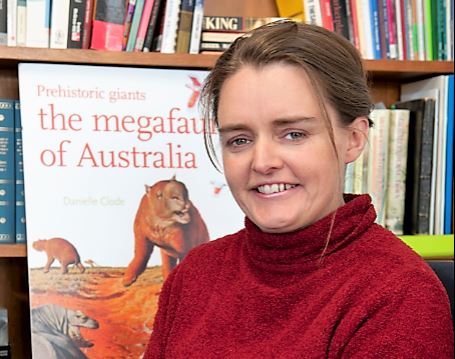
Australia’s giant ‘wombat’, the Diprotodon, is described as the world’s largest marsupial, weighing more than 2.5 tonnes at almost 3m long.
Award-winning Flinders University science writer Dr Danielle Clode tells some intriguing tales about this mammoth animal and many other megafauna in her latest children’s book, From Dinosaurs to Diprotodons: Australia’s Amazing Fossils (Museums Victoria).
Diprotodon optatum roamed across Australia, from the world-famous Naracoorte Caves and Lake Callabonna in remote South Australia to sites across the eastern states and Western Australia.
Dr Clode’s new book explores the wealth of Australian fossil sites, from the Torquay Coast, Dinosaur Cove and fossil rich Beaumaris site near Melbourne in Victoria, to the Wellington Caves, Canowindra and Lightning Ridge (NSW), Riversleigh, Winton, Hughenden and Richmond (Queensland), Alcoota (NT) and Margaret River (WA).
“Australia has so many amazing fossil locations, from the outback to some right near our biggest cities,” says Dr Clode, who consulted extensively with experts at the Flinders University Palaeontology laboratory while researching thet book.
“A lot of famous fossils have been found by kids and every-day fossickers.
“All the time, new and incredible creatures are being discovered: giant titanosaurs, ancient whales and strange marsupials.
“Hopefully this book (and others in the series) will encourage more interest in Australian fossils and help people get out there and visit places across Australia where they were found and where these amazing animals once roamed.”

Along with the Diprotodon (giant wombat) and marsupial lion, the book maps the likes of prehistoric marine mammals, dinosaurs such as the titanosaur, and some of the earliest life on Earth, including trilobites.
Many of the animals described are inspired by the significant palaeontology collection of more than 4.5 million specimens at Museums Victoria which includes the largest tooth ever found in Australia – or the size of a loaf of bread – from Livyatan an extinct species of sperm whale.

At Flinders University, in an ever-growing collection of fossils at the Palaeontology Lab, an almost complete skeleton of the lumbering Diprotodon, which became extinct about 25,000 years ago after roaming across inland Australia during the Pleistocene epoch (1.6 million to 10,000 years ago), is being extensively restored by students and volunteers led by Jan Hill.
Several of the Diprotodon bones, found by the Flinders University Palaeontology Society between 2011 and 2015 on the Collinsville Station near Burra in South Australia, will be on show at the Flinders University Open Days.
The rare almost complete articulated skeleton, preserved in sediments between 70 and 120 thousand years old, is a relatively rare specimen.
Flinders University palaeontology lecturer DrAaron Camens says the Lake Callabonna site has led to the discovery of an estimated 200 or individual Diprotodons “as well as extinct kangaroos and giant flightless birds (Genyornis)”.
“Callabonna is unique in that it also preserves rare gut contents, footprints, skin impressions and sometimes even pouch young,” Dr Camens says.
Tours of the expansive Palaeontology lab will be available to the public at Flinders University’s Open Days on Friday 10 August and Saturday 11 August.
Flinders University is launching the first and only palaeontology named degree in Australasia at the purpose-built Flinders Palaeontology Laboratory in 2019. Find out more here

